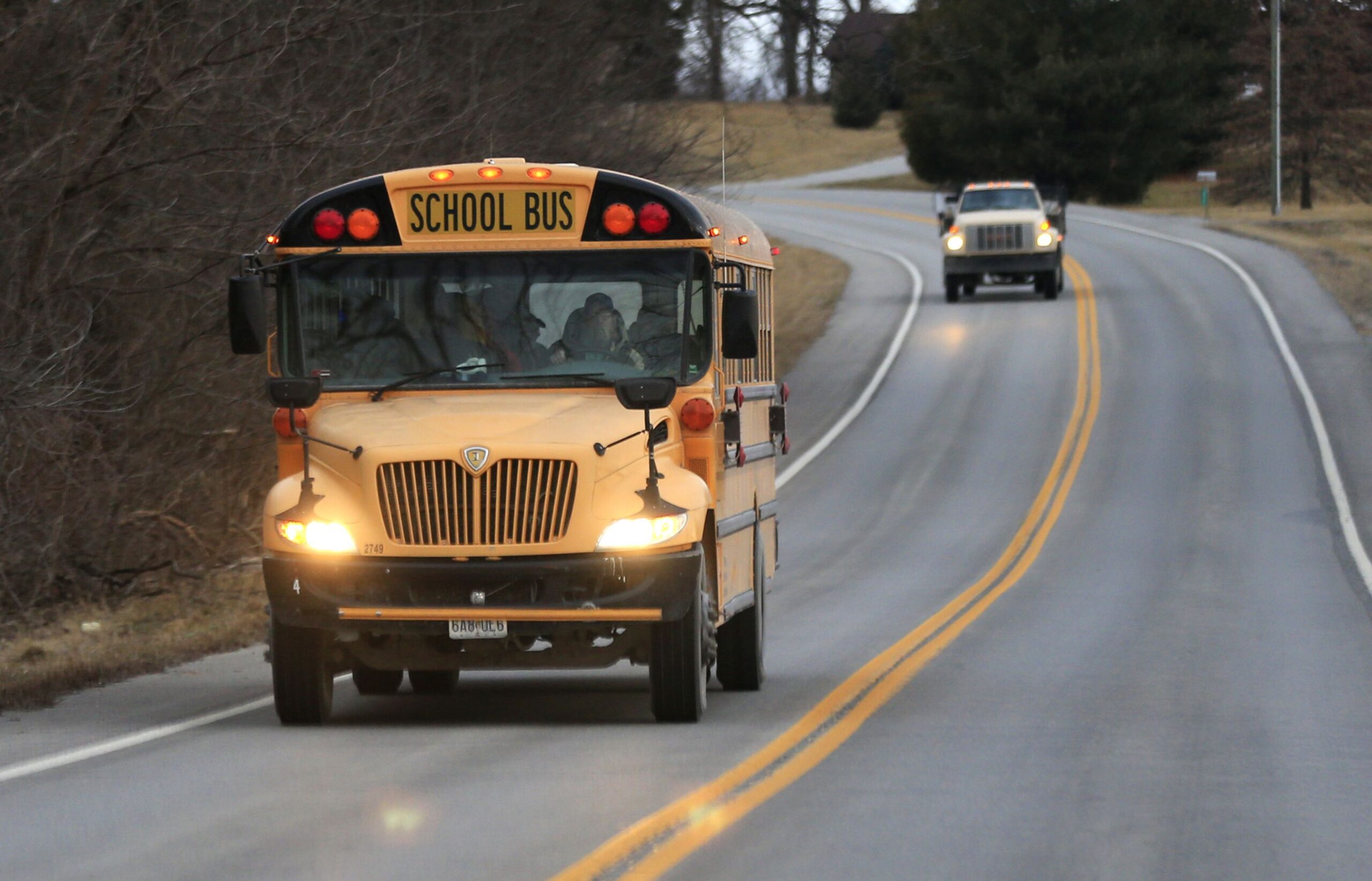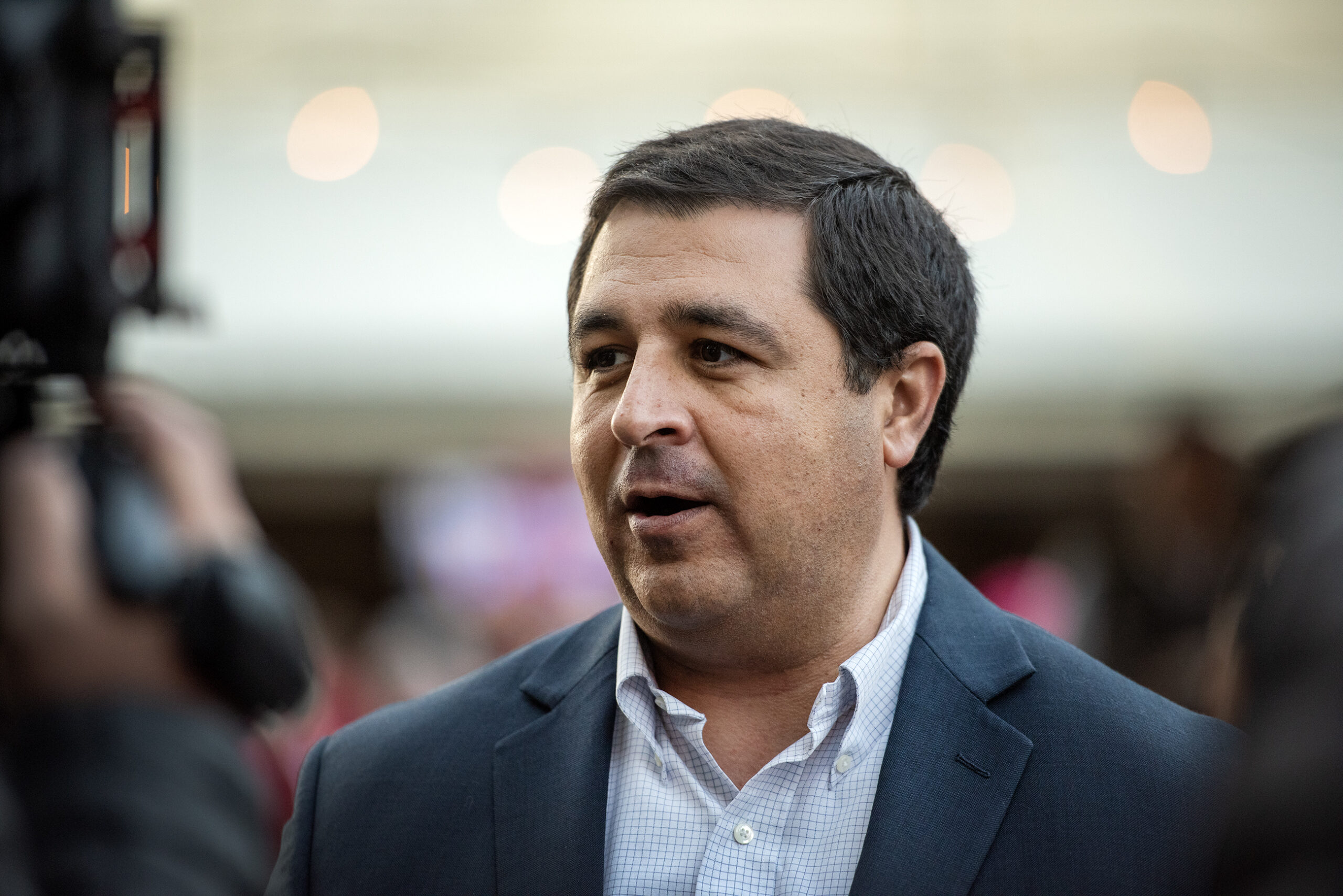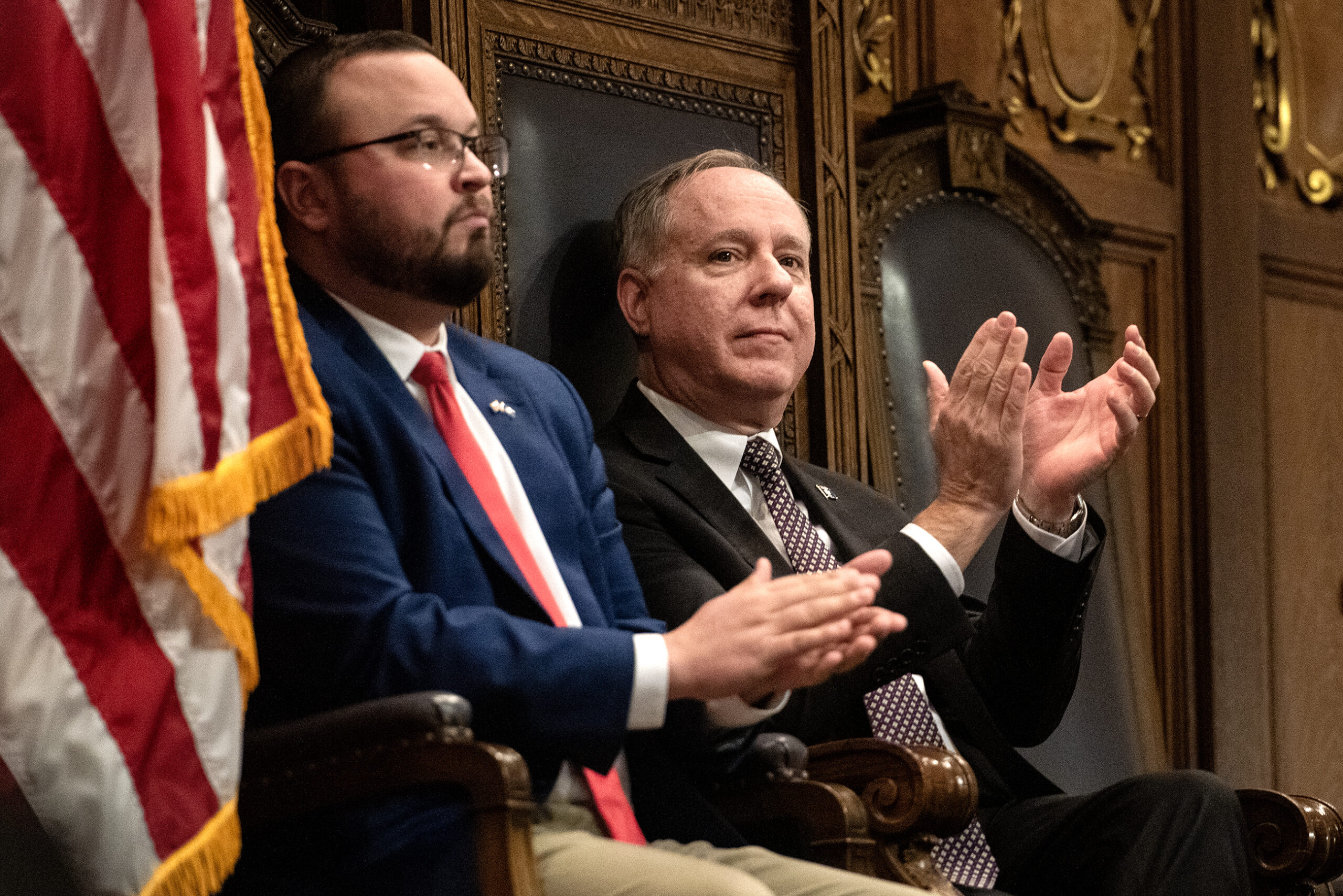Some district administrators say state education spending isn’t meeting the needs of rural school districts.
While Gov. Scott Walker has pushed for an increase in sparsity aid, Assembly Speaker Robin Vos told WisPolitics last week that he won’t take up the issue when the Legislature resumes in January.
Sparsity aid is for small schools in sparsely populated areas and it’s meant to make up for the disadvantages many rural districts face.
News with a little more humanity
WPR’s “Wisconsin Today” newsletter keeps you connected to the state you love without feeling overwhelmed. No paywall. No agenda. No corporate filter.
“When you are in a larger (school) system, there tends to be more business, more industry, more partnerships, more funds available, perhaps some centralized services,” said Doug Olsen, district administrator for Kickapoo Area Schools.
While rural districts have always faced increased transportation costs, Olsen said small schools are also faced with new challenges, like increased mental health needs among students.
“These are things that impact small schools in a very, very large way. So I don’t know if there’s a fair way to distribute this money, I just know what the needs of rural schools are and the sparsity aid is definitely a help,” Olsen said.
Vos and other Assembly Republicans wanted to help schools by allowing low-spending districts to collect more in property taxes. But Walker vetoed that provision in the final 2017-19 budget.
Cashton School District Administrator Ryan Alderson said the lack of action highlights a disconnect between lawmakers and rural districts.
“I think our state leadership has an awareness of the needs of rural schools but in some cases they haven’t grown up in a rural area, they don’t always have life experiences that would help them understand some of the unique challenges of rural school districts,” Alderson said.
Alderson said Cashton schools would have received an additional $60,000 under Walker’s original budget proposal.
Sparsity aid has also been controversial among rural schools because not every sparsely populated district qualifies for the program.
“Even though anybody driving through your community may consider you to be a rural area that’s pretty sparsely populated, you may just have too many kids,” Olsen said. “You might be a county seat that has a little more student membership and therefore you’d be ineligible and then that’s frustrating for the citizens of those communities.”
According to the state Department of Public Instruction, to be eligible for sparsity aid school district membership can be no more than 745 members; and district membership has to be less than 10 members per square mile of the district’s geographic area.
But Alderson said this issue doesn’t mean it’s a bad program.
“With any program, there’s always great intentions and unfortunately somewhere there’s a cut where the district or the program or the person was the next in line,” Alderson said.
Wisconsin Public Radio, © Copyright 2025, Board of Regents of the University of Wisconsin System and Wisconsin Educational Communications Board.







